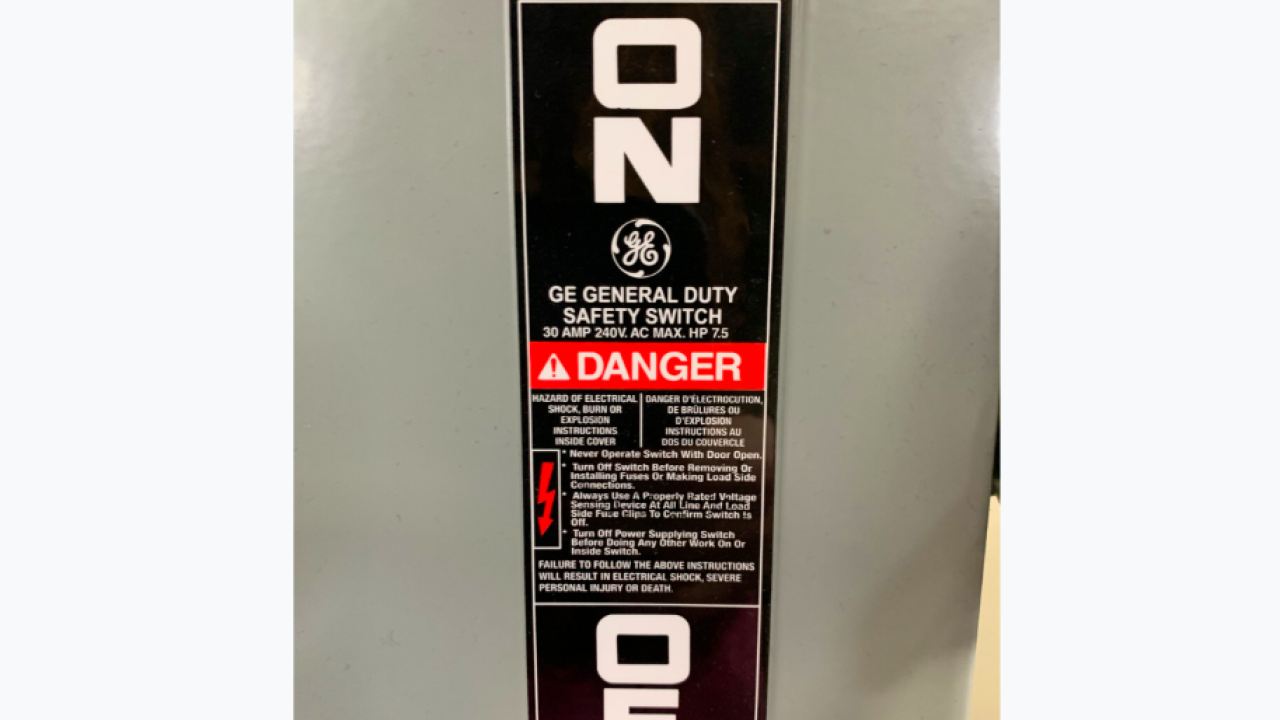Study shows strong market for industrial labels

PPG enlisted market researchers at LPC to study the industrial label market after the company began seeing growth in demand for its Teslin synthetic labelstock in the region.
While the PPG study provides a close-up view of the North American pressuresensitive industrial label sector, researchers surveyed converters who serve both prime and non-prime label segments.
‘Converters serving both the industrial and non-industrial segments are reporting that growth rates for their industrial labeling applications are outpacing growth for their prime labeling applications like food, beverage and personal care,’ LPC researchers found.
Markets that are considered under the industrial label umbrella include: automotive, industrial chemicals, consumer and non-consumer durables, electronics and transportation logistics. Applications can range from labels for motor vehicles, machinery, housewares, building materials, firearms, toys, electronics and inventory labels.
It’s not uncommon for these labels to have specific and rigorous demands on performance and functionality. Take, for example, two recent label jobs printed at Michigan-based Great Lakes Label for General Electric (both pictured). A safety label job required a permanent adhesive, while another demanded that the label be easily removed.
Both labels used Avery Dennison’s Fasson semi-gloss material. The first was a UL-approved safety switch label printed for GE that had to communicate safety notices and operating instructions, so it was critically important that the label maintain its integrity over time. That label job was printed with ultralight fast ink to resist fading when exposed to light. The label is water-resistant to protect against the elements.. Lastly, the label is applied with a permanent adhesive, ensuring that the label will last.
On the other side of the spectrum, Great Lakes Label created a steel case notice label printed also for GE that had to communicate instructions for installers. For this job, Great Lakes Label needed a material with a removable adhesive as label could be removed cleanly and in one piece from the product when the install was complete. The adhesive leaves no residue behind. It’s not uncommon for converters like Great Lakes Label to offer a range of adhesive options and label constructions for its industrial label buyers.
Growth rates and pain points
The North American label market is valued at $13.2bn USD and for the past five years, growth rates have hovered around 0.5 percent to 1 percent above US GDP (2.3 percent).
Consumer durables offered the highest growth rates for converters in 2017, growing at 4.7 percent year-on-year. Non-consumer durables grew at 4.1 percent, electronics at 3.1 percent.
Chemicals and transportation and logistics showed the slowest growth rates that year at 3 percent and 2.8 percent, respectively.
Converters were also asked to indicate their biggest pain points and found that lack of recyclability or biodegradability of materials, inkjet compatibility, ink adhesion and labelstock resilience remained challenges for this application.
‘An improved housing market, low employment and higher wages have driven growth in the durables space and label converters serving this sector have reported high year-over-year growth rates compared to other industrial segments,’ the study reads. ‘As North American label converters increase their presence in these markets, it is more critical than ever that these companies have access to labelstock constructions capable of withstand the most rigorous applications requirements, while still able to meet shifting sustainability and digital press performance requirements.’
Stay up to date
Subscribe to the free Label News newsletter and receive the latest content every week. We'll never share your email address.


